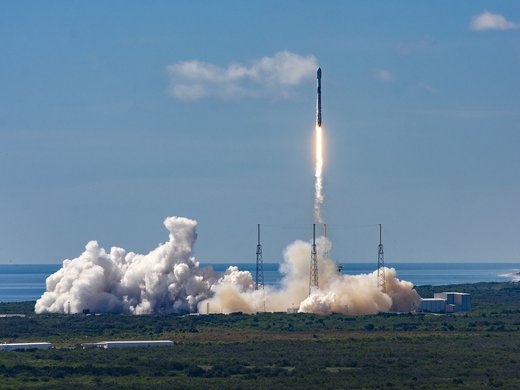Aside from well-documented issues such as inadequate housing, access to clean drinking water and systemic racism, most Indigenous peoples in hard-to-reach communities also face difficult life choices. Although they have the right to earn a living in their ancestral lands, reality often dictates they have to leave their communities to get a good education and access to a broader range of career opportunities.
But it doesn’t have to be that way. The work-from-home movement spurred by the COVID-19 pandemic, along with advances in technology, present a unique opportunity to create jobs and economic empowerment for Indigenous communities.
We’ve already seen the difference that universal, high-bandwidth internet can make for secluded Indigenous communities in the United States, where the SpaceX Starlink low-Earth orbit, or LEO, internet satellite constellation has opened a world of possibilities for communities such as Washington State’s Hoh Tribe. “What a difference high-speed internet can make,” the tribe tweeted recently. “Our children can participate in remote learning, residents can access health care. We felt like we’d been paddling up-river with a spoon.”
While many Indigenous communities here also struggle with that same metaphorical river, Starlink recently received Canadian Radio-television and Telecommunications Commission licensing approval after months of waiting. That means the company will soon provide the same digital lifeline to remote communities in Canada.
There will be competition, too, with a similar LEO initiative by Ottawa-based Telesat, in partnership with an $85-million federal government contribution launching in 2022. Since access to economic opportunities in the remote-work era depends on the availability of affordable, reliable internet, these advancements carry an opportunity to bring good, well-paying jobs to Indigenous communities.
We don’t have much to thank COVID-19 for. It has wreaked havoc on our way of life, but we do have one thing: Most major enterprises now have a large percentage of their work forces working from home, and that’s not changing any time soon. Governments across the country are doing the same. Most schools and universities now deliver remote learning as well.
While many organizations still have work to do to optimize their remote work force technology and management strategies, it’s clear we’ve crossed a threshold. Organizations are heavily investing in remote work-friendly practices and infrastructure. Working from home has gone mainstream.
For isolated Indigenous communities, that means great ideas such as Virtual Gurus– a startup that matches people in marginalized communities with freelance opportunities – have a much stronger chance of providing lasting, meaningful success.
It also means we can use remote work to help stem the brain drain affecting these communities when people leave home for higher education or to get a well-paying job. When someone can receive a higher education and earn a good living in their community, they spend their money locally and the entire community becomes more prosperous.
That’s why I’m calling on every government department and Canadian business to leverage remote work to create jobs in these communities – and to follow through on those plans. I’m calling on boards of directors to take their governance of this matter as seriously as they did the #MeToo movement, which clearly showed how organizations can affect social change when they take social issues seriously.
Reconciliation is ultimately impossible without the economic emancipation of Indigenous peoples while maintaining their traditional lands, culture and community. Enterprises and organizations in Canada must do their part by acknowledging their moral responsibility to engage with Indigenous communities, and integrate these communities into their work force.
The pandemic, coupled with the work-from-home movement and advances in technology, offers a tremendous opportunity in this regard. The puzzle pieces are there. It’s up to us to fit them together to create a better, more prosperous future for Indigenous people – and, indeed, the entire country.
This article first appeared in The Globe and Mail.



